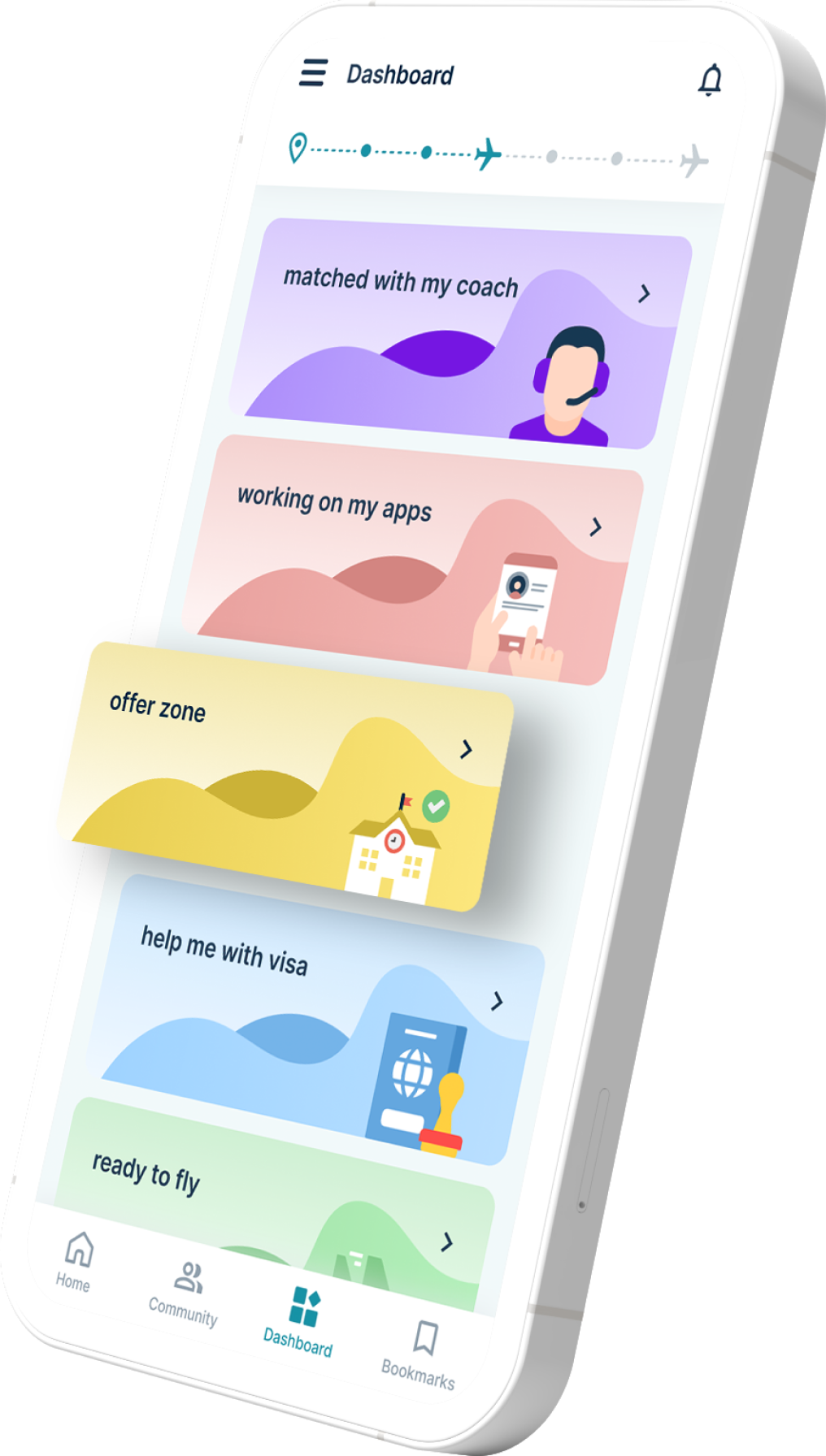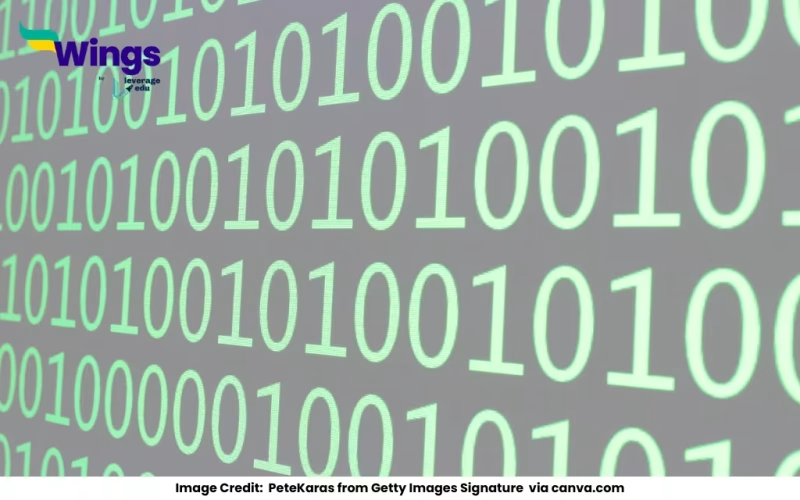Correct Answer: b. 8
When we talk about computers, one term that always pops up is “byte.” But what exactly is a byte, and how is it connected to bits? To keep it simple, 1 byte = 8 bits. This might sound like a small technical detail, but it’s actually one of the building blocks of how all digital systems work.
What is a Bit in Computer Language?
A bit, short for binary digit, is the smallest unit of data in computing. It can only hold one of two values: 0 or 1. Everything you see on your screen, text, images, audio, video, is ultimately a combination of bits. Computers use bits to perform calculations, make decisions, and store information.
Think of bits as simple switches. A “0” means off, and a “1” means on. Alone, a bit can’t do much. But when grouped together, bits form more complex data structures that help your devices process and represent large amounts of information.
Why Does 1 Byte Equal 8 Bits?
So, why 8 bits in a byte? It wasn’t randomly chosen. Historically, early computers experimented with different byte sizes, but 8 bits became the standard because it could represent 256 unique values (from 00000000 to 11111111 in binary). That’s enough to encode all English letters (both uppercase and lowercase), digits, and common symbols.
With 8 bits, you can use one byte to represent a single character, like the letter A or the number 7. This made it a practical choice for early software development, especially with character encoding systems like ASCII. Over time, this 8-bit byte standard became universal in nearly all modern computing.
How Bytes and Bits Are Used in Real Life?
In real life, bits and bytes are all around us though we often don’t notice them. When you download a file, its size is usually shown in kilobytes (KB), megabytes (MB), or gigabytes (GB), all of which are based on bytes. Internet speed, on the other hand, is usually measured in bits per second (bps) or megabits per second (Mbps).
Let’s say you’re streaming a movie. If your internet speed is 10 Mbps, that means your device is receiving 10 million bits per second. But the file you’re downloading might be 700 MB, which equals 5.6 billion bits. That’s how bits and bytes work together to transfer and process information quickly and efficiently.
Bits vs Bytes: Know the Difference
Many people confuse bits and bytes, especially when dealing with data plans or internet speed. Here’s a quick way to remember:
- Bits are usually written with a lowercase ‘b’ (e.g., Mbps).
- Bytes are written with an uppercase ‘B’ (e.g., MB).
This small difference can lead to big confusion. For instance, 100 Mbps (megabits per second) is not the same as 100 MBps (megabytes per second). Since 1 byte = 8 bits, 100 Mbps = 12.5 MBps. So when you’re comparing internet plans or downloading files, make sure you know whether the figure is in bits or bytes.
How Understanding Bytes Helps Students?
Knowing how bytes and bits work is more than just tech trivia. For students learning computer science, digital media, or networking, this concept is foundational. It helps you understand file sizes, optimize data usage, and even code more efficiently.
When you’re working on a coding project or setting up a website, every bit counts literally. Compressing images, calculating memory usage, and managing databases all rely on understanding how much data you’re actually handling. Even in non-technical fields, being aware of data sizes can help students manage storage better and avoid unnecessary downloads.
The Role of Bytes in the Future of Tech
As technology grows, the importance of bytes and bits continues to rise. From cloud computing to artificial intelligence, data is king. Understanding how that data is stored, processed, and transferred starts with grasping what a byte is and how it relates to bits.
Future devices will handle even more data than we do today. From smart homes to autonomous vehicles, all will rely on efficient data handling. So learning these basics now gives students a strong head start in a world that’s increasingly driven by data.
Quick Facts
- 1 byte = 8 bits
- Bits are the smallest unit of data and can be 0 or 1
- A byte can represent 256 values (2^8)
- Bytes are used for storage; bits are used for speed
- Internet speed is measured in bits; file sizes in bytes
Summary
Question: 1 Byte is Equal to in Bits
Answer: 1 Byte is Equal to in 8 Bits. But behind this simple fact lies a world of complex technology that drives everything we do online and on our devices. Understanding the difference between bits and bytes is essential, especially for students stepping into the digital world.
Also Read:
Which is the 29th State of India Created in 2014?
The First woman Governor of a State in free India was
Which of the Following is the Largest Delta in the World?
Which State is Known as Heart of India?
 60,000+ students trusted us with their dreams. Take the first step today!
60,000+ students trusted us with their dreams. Take the first step today!


 One app for all your study abroad needs
One app for all your study abroad needs










